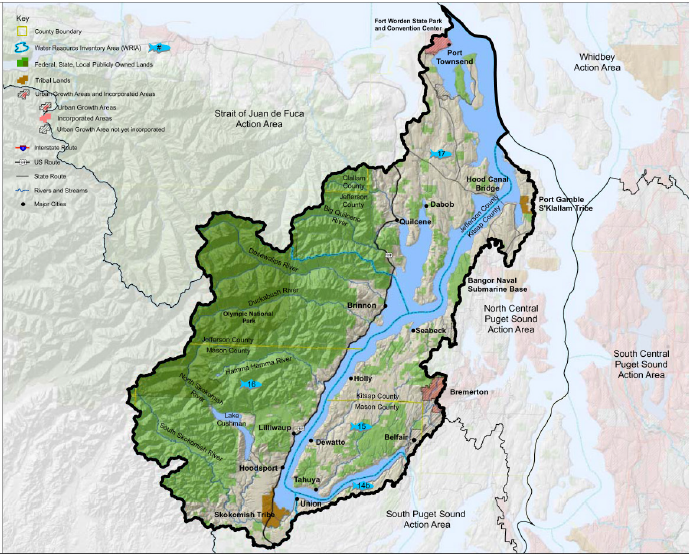Only what proves itself to every man and woman is so
Only what what nobody denies is so
-Walt Whitman-
Today is different, instead of
flowing south in the car river that is I-5 I flow north where I am attending a conference called Envisioning a Healthy
Puget Sound. As I make my way North I am struck by how much the trees have
grown. These big towering conifers swallow up houses and businesses along the
freeway margins. I don’t make the trip North that often so my senses are not
numbed by the everyday observance of gradual change. I have watched these trees
get substantially larger, as I have lived in the region for almost 27 years. A
couple things come to mind as I marvel at the growth, first that the trees are
still here at all. Development has run rampant throughout the lower
Puget Sound region. Since 1980 2.6 million people have
been added to the states population, sixty percent of which reside in a three
county area that includes Seattle and the counties immediately to the North and South. Clearly zoning laws are protecting some trees. I also consider the
ecosystem benefit of that tree growth, decreasing particulate pollutants, noise absorption, cooling effects and of course I ponder the role of trees as greenhouse gas sinks. As I am flowing with the school of cars I hear an add on the radio by Subaru describing how they will plant a tree for every car they sell. Planting trees is a good thing right? Of course, but like many actions that are considered to play a significant role in helping slow down climate change, I wonder if planting trees will result in an overall net decrease in greenhouse gases. I endeavor to find out what the increase in the CO² consumption ability of these larger trees I observe is in relation to my CO² contribution. I calculated that my carbon contribution was
about 11 tons of CO² a year. A mature conifer sequesters about 50 pounds of CO²
per year. Therefore to offset my annual contribution it would take nearly 500 mature
conifers. Thank you Subaru for your Johnny Appleseed efforts, we will take the trees, but please don't pretend its making up for the greenhouse gas contribution of your product. Indeed, lining the freeways with conifer forests won’t offset the contribution
of atmospheric CO² from driving. Ultimately the irony of using trees as a carbon storage
mechanism is that in the end its only temporary because when the trees die the CO² is returned to the atmosphere. So, unless there is no net tree biomass lost, meaning an equal sized tree instantly replaces the one that dies, eventually most of the CO² stored by
the tree is returned to the atmosphere. In the Pacific
Northwest and across the globe we are losing more mature trees
than we are gaining.
The ultimate CO² storage mechanism is the ocean, and
Puget Sound in simple terms is ocean water
that flows in and out of a big deep ditch left behind by the receding glaciers
of the last ice age about 10,000 years ago. The ocean has been a resilient CO² storage mechanism over
the years and many wondered if its carbon storage capacity would ever be
exceeded. However, the ocean has
begun to acidify as the pH has been rising from the ever increasing amounts of CO² it is absorbing. As a result the waters in Puget Sound are acidifying as
fast as those along the Washington
state coast, were oysters have not successfully reproduced since 2005. The
acidity is destroying the fragile calcium shells of newly born oysters. It is impacting phytoplankton biomass as well. Phytoplankton, not trees supply the majority of oxygen on the planet. The loss of phytoplankton in acidic ocean waters has to be the most serious impact we are facing from climate change. Planting trees, riding bikes, composting food scraps, buying locally grown food ect..... all important measures to be taken that improve the quality of our anthropocentric surroundings. None of these actions are going to keep the plankton from dying in the ocean. It is almost as though we want to be distracted. Complacently encouraged by our small actions that ultimately are impeding the sounding of the alarm, the protest, the up-welling of popular consensus that needs to be broadcast throughout all the media around the world; that some day we will be short of breath!







